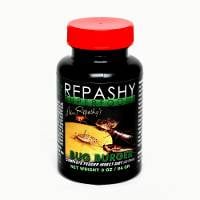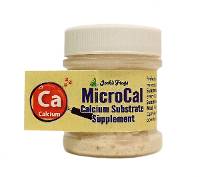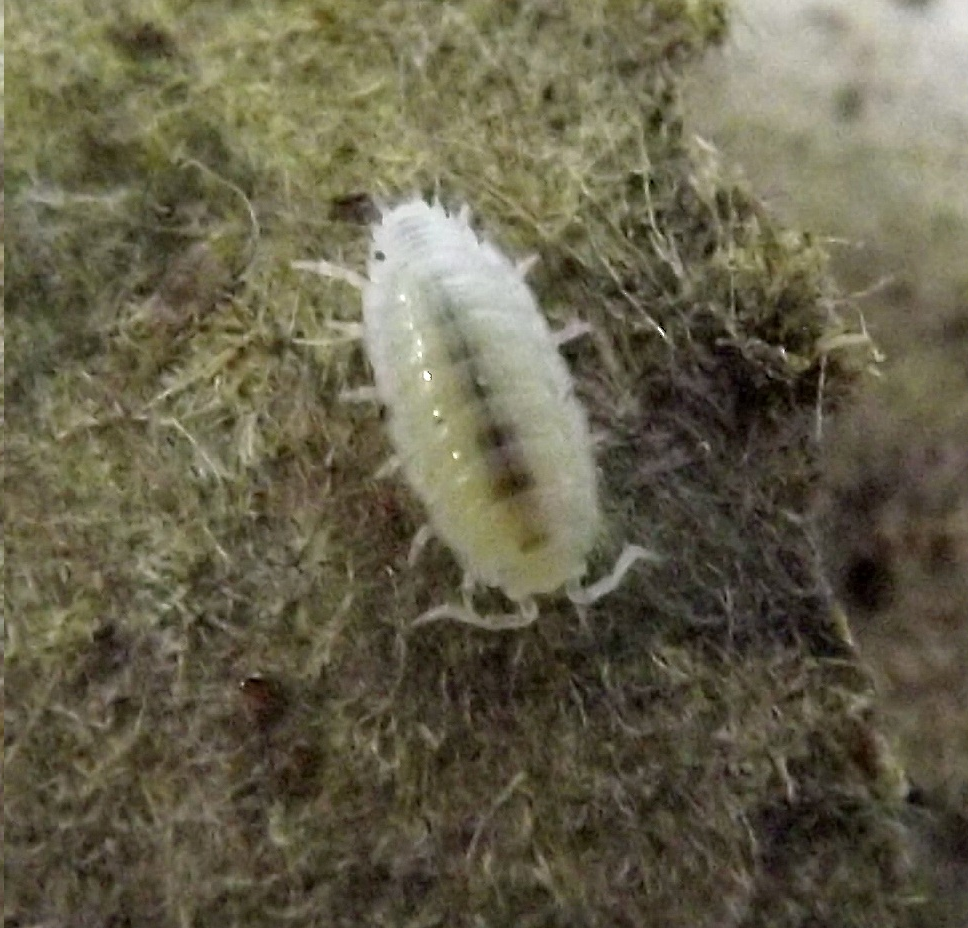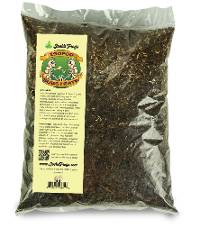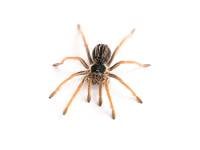Josh's Frogs
Steely Blue Leg Birdeater Tarantula - Pamphobeteus antinous | 2 inch (Captive Bred)
Steely Blue Leg Birdeater Tarantula - Pamphobeteus antinous | 2 inch (Captive Bred)
$149.99 0.0 out of 5 stars
(0)
0.0 out of 5 stars
(0)About This Product
Environmental Caution:
When a damp environment has too little air circulation, this can lead to an anaerobic environment. Where the typical aerobic bacteria helps keep certain types of waste from building up, they are instead replaced by anaerobic bacteria whose waste is more likely to be toxic and harmful. This is often accompanied by a strong swampy smell.
To guard against anaerobic environments, it is important to monitor and control moisture in the environment as well as air quality. One way to maximize both is to have plentiful live plants as the byproduct of photosynthesis is oxygen and water. Springtails can help keep the substrate aerated and break down waste so that the beneficial bacteria can more easily turn it into plant food.
Defining Characteristics:
- When males of this species mature they have vibrant, metallic blue iridescence on their legs
- This is a big, bulky, hardy tarantula
- Members of this genus have markings like knitted eyebrows, giving them an angry appearance
- This species is quick to throw urticating hairs
Name: Pamphobeteus antinous - Steely Blue Leg Birdeater. The species name, Antinous translates from the Latin as "opposite in character, resisting", basically meaning that this is one contrary spider!
Recommended Enclosure Size & Setup: Pamphobeteus antinous is a fossorial species, meaning this animal will spend a lot of time underground and may need additional substrate to burrow. Surface area of the enclosure should be no less than two times the spider's diagonal leg span in one direction and three times the diagonal leg span in the other. We recommend against allowing your fossorial spider more than two times their diagonal leg span as head space above their substrate as a fall from any higher could result in serious injury.
The enclosure should be tall enough to accommodate 2-3 inches of substrate for slings and 5+ inches for adults. ABG mix, coco cradle, or Dig-It are good substrate options, but our Pet Bug Team prefers ABG all the way!
Temperature (°F): This species thrives in the mid 70s to low 80s, so a temperature close to 80 degrees is ideal. Temperatures regularly dipping below 65 or spiking above 85° should be avoided.
Humidity: These spiders thrive in a humid environment, so the recommended ambient humidity should stay between 60 and 75%. This can be achieved by making sure the substrate is always at least slightly moistened.
The enclosure sides and décor should be spritzed lightly around twice a week to provide your animal droplets to drink from and keep humidity up. Do not spray your spider directly. Depending on your location, you may need tools such as a humidifier to achieve this environment.
A hygrometer is a great way to monitor the humidity for your animal and see any needed adjustments.
Size: At the time of sale, these spiders are currently at least two inches. Adults grow to 7-9 inches. Females are bulkier, but males can have longer legs.
Age: These spiders are around 1 to 2 years old when sold. They grow very slowly and live very long. Females can live 15+ years, while 4 is considered average for males.
Feeding: These spiders are currently eating two to four 1/2 inch crickets, once a week. There are a variety of appropriate prey items that you can offer, such as roaches, waxworms, black soldier fly larvae, hornworms, and silkworms. Consider feeding your prey items with our gutload formula to give your pet well-rounded nutrition.
We recommend that the prey items not be much longer than the tarantula's “head” is wide. Larvae are an exception—our larvae are harmless. Since they are very high in fat, they're not the best staple diet, however they make a great weight gain supplement.
Remove uneaten prey items after 24 hours, these may stress your animal out or endanger the spider during molting. Never attempt to feed a freshly molted tarantula less than a week after their molt to prevent injury to the spider. Depending on its age, the hardening process could take anywhere from 48 hours all the way up to a week.
Sexing: Sexing tarantulas with accuracy can be very difficult, especially with particularly young or small individuals.
This can be done at the educated guess level by observing the underside of their abdomen. The older the individual is, the easier it is to use this method to determine sex with more confidence.
The best way to be sure of the sex of the tarantula is to observe the inside of the spread out abdomen on their most recent shed. Unfortunately, that part of the shed has the strength of wet toilet paper and is easily torn or destroyed, accidentally.
Coloration/Patterning: Males sport a deep dark blue, almost black carapace and a black opisthosoma covered in black hairs, with some reddish hairs near the end. Their legs are a bright metallic blue, covered in grayish or coppery-colored hairs.
Females are velvety brown to black with pink and olive-colored hairs on their legs, and reddish hairs on their abdomen.
Social Behavior: Pamphobeteus antinous is not a sociable animal and should be housed as an individual. Attempts at cohabitation can result in cannibalism.
This species is very defensive. They are quick to threat pose and quick to try to run away. Steely Blue Leg Birdeaters have urticating hairs, and they can easily be provoked to use them.
Natural Range: Pamphobeteus antinous can be found in the wild in the rainforests of Bolivia and Peru.
History in the Hobby: Pamphobeteus antinous has been in the hobby for more than 25 years. They were one of the first Pamphobeteus to gain popularity in the late 90s.
Links of Interest:
- Arachnoboards: a community of spider enthusiasts that will be able to or have already answered almost any question you can think of with regards to tarantulas.
Shipping
After placing an order containing a live animal, you will receive a scheduling email containing our JotForm scheduling link to schedule your new pet's delivery date.
With this scheduling link, you will be able to schedule your order's delivery up to 30 days in advance. You will be able to choose a date of delivery for Tuesday-Saturday (Saturday arrival depends on the carrier's service availability) with the estimated time of arrival generally being 12pm, or 4:30pm for more rural areas. Overnight lows must be above 40°F to ship directly to you (or above 30°F for FedEx Ship Center pickups) as well as below 90°F by estimated time of arrival.
If you require further assistance, or prefer to talk to one of our Customer Service agents, please feel free to reach out to our [email protected] email or our phone line 1-800-691-8178.
Other Customers Also Bought
Customer Reviews
0.0 out of 5 stars
Review data
5 star reviews
- 0%
4 star reviews
- 0%
3 star reviews
- 0%
2 star reviews
- 0%
1 star reviews
- 0%

